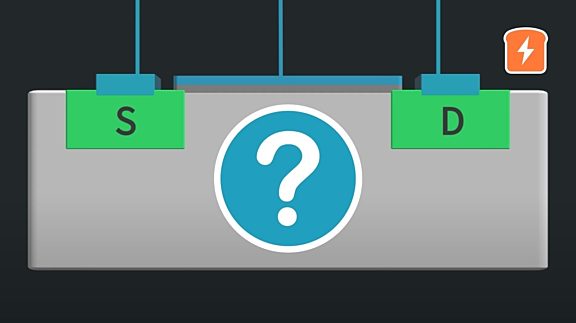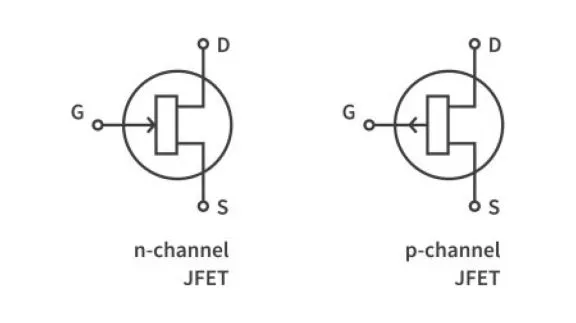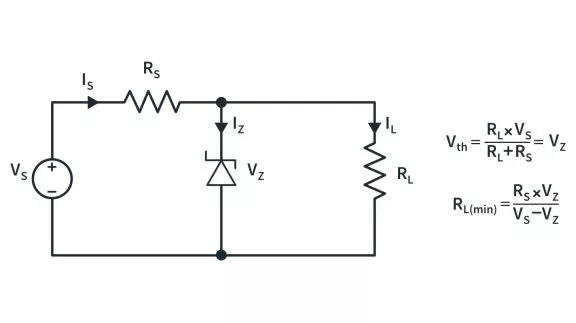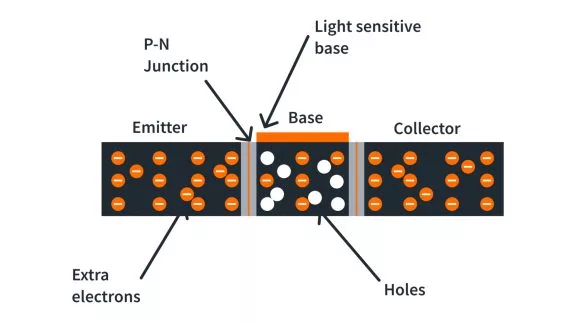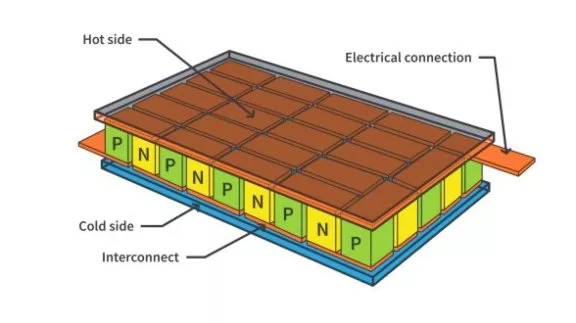How to read a MOSFET symbol?
Published
There are well over a dozen different MOSFET schematic symbols in circulation and, between the different symbols that represent the same thing and the many different types of MOSFETs to be represented, this can become incredibly confusing. In this tutorial, we will help you know the difference between the different MOSFET symbols that you come across. While we feel this will be very helpful, there are enough personal and company variations that we can’t guarantee that there will still occasionally be confusion. There are also different requirements when dealing with discrete MOSFETs or MOSFETs in an integrated circuit. However, we will review the IEEE standard symbols and that should help in the vast majority of situations.
Before we jump into it, it’s important to understand the difference between NMOS and PMOS FETs as well as the difference between depletion and enhancement mode FETs. It’s so important, we actually created a tutorial talking about it and recommend you go check it out if you’re not confident. If you’re not comfortable with these terms, then this tutorial is not going to make much sense. In particular, some of the parts of the symbol represent the physical layout of that particular type of FET.
Let’s start with the shorthand notation of the NMOS and the PMOS FETs in enhancement mode.


A FET typically has three connection points - the drain, source, and gate. We imagine that the symbol designers created the two right angles to bring to mind the channel that separates the source and drain, with the gate attached in the middle of that channel. Note that the PMOS has a circle on the input, reminiscent of digital logic’s notation where inversion is indicated with a circle. While a PMOS does not invert a signal, its operation is, in a way, inverted from that of an NMOS.
Now, let’s look at the shorthand notation of the NMOS and PMOS FETs in depletion mode.


As you can see, it’s the exact same except the line that represents the channel is thicker. This makes sense if you consider that a depletion mode FET naturally has a high level of carriers in the channel. This difference is extremely subtle and hard to show when writing these out by hand, so be careful and double-check with your Bill of Materials if possible.
The shorthand symbols will work in the majority of situations but there are still many times when the more complicated symbols will be required.
Let’s start again with the NMOS and PMOS FETs in enhancement mode.


This time, there’s no inverting bubble on the input - instead, it has to do with the direction of the arrow between the channel and the substrate. Unlike with our shorthand notation, we do not assume that the substrate is connected to the source with these symbols. The best way to remember this is with two facts:
- A diode symbol points from the P to the N of a PN junction.
- The substrate and the channel in a MOSFET forms a PN junction.
Knowing this, the arrow is much like a diode symbol. With the NMOS, where it has an N channel, the arrow points from the P-type substrate to the N-type channel. With the PMOS, the arrow points from the N-type substrate to the P-type channel. And finally, note that the line that represents the channel is dashed. This is going to make sense as we go into the symbols for the NMOS and PMOS depletion mode FETS.


Note that the only difference between the depletion mode and enhancement mode FETs in this style is the dashed line is now solid. The way this seems intuitive to us is that depletion mode FETs naturally have lots of carriers in the channel, represented by the solid line. Enhancement mode FETs, which only have carriers in the channel when there’s a voltage on the gate, this is represented by a dashed line.
Finally, the last representations offered with the IEEE standard assume the substrate and source are connected.


It keeps the solid versus dashed line standard to differentiate between depletion and enhancement mode FETs but changes things up with the arrows. Instead of being like the diode symbol, the arrow on the source leg of the symbol indicates the current flow direction of the device. With an NMOS, current flows from drain to source, while with PMOS, current flows from source to drain.
There is always going to be some confusion when it comes to MOSFET symbols but hopefully this overview makes the different parts seem like less of a random mash-up of lines. On top of that, this overview helps us to understand the most important and differentiating aspects of a MOSFET. If you have any questions, feel free to drop them in the comments below!

Get the latest tools and tutorials, fresh from the toaster.

